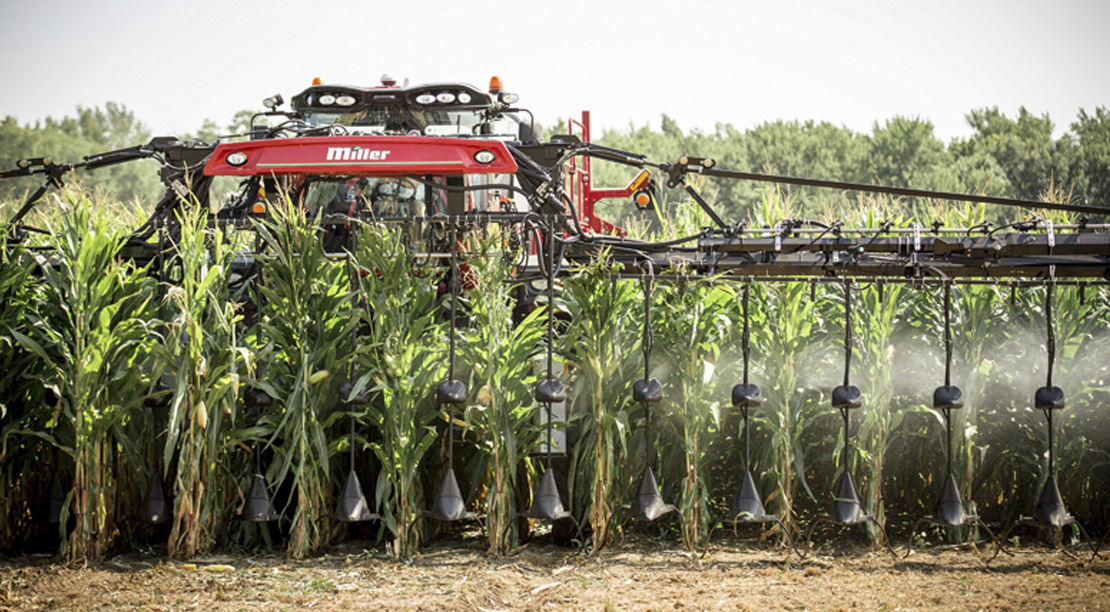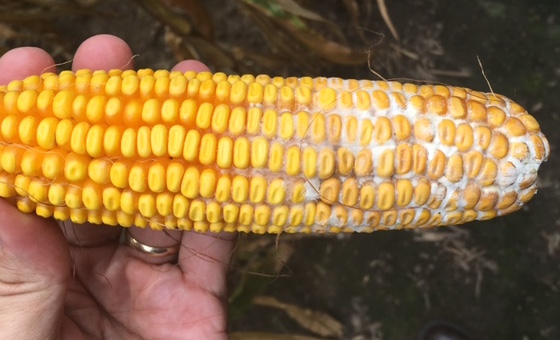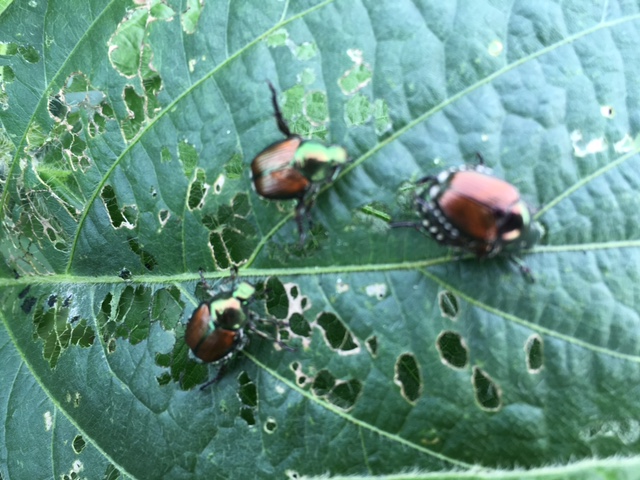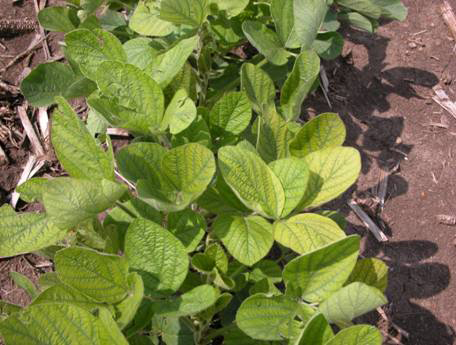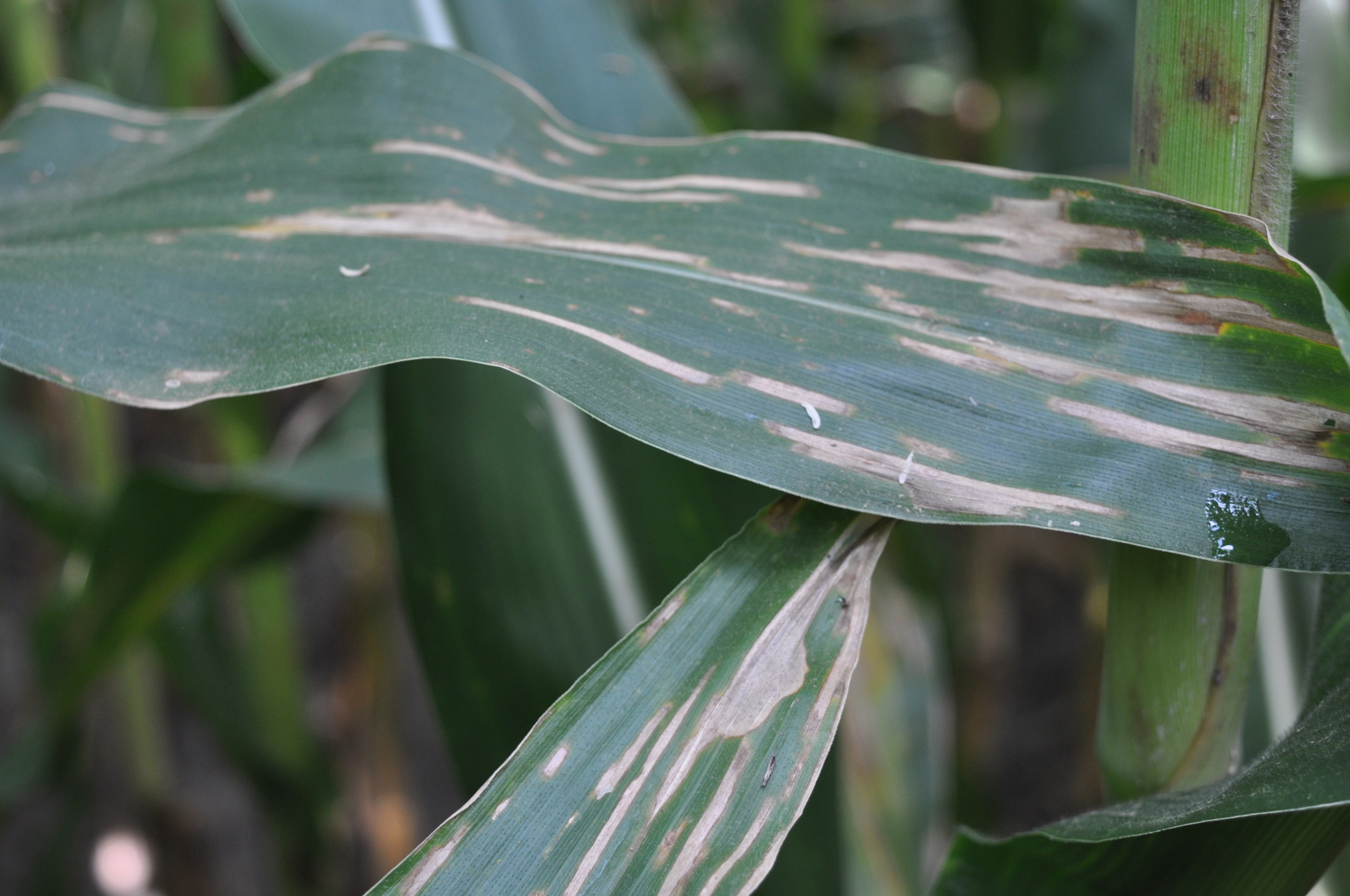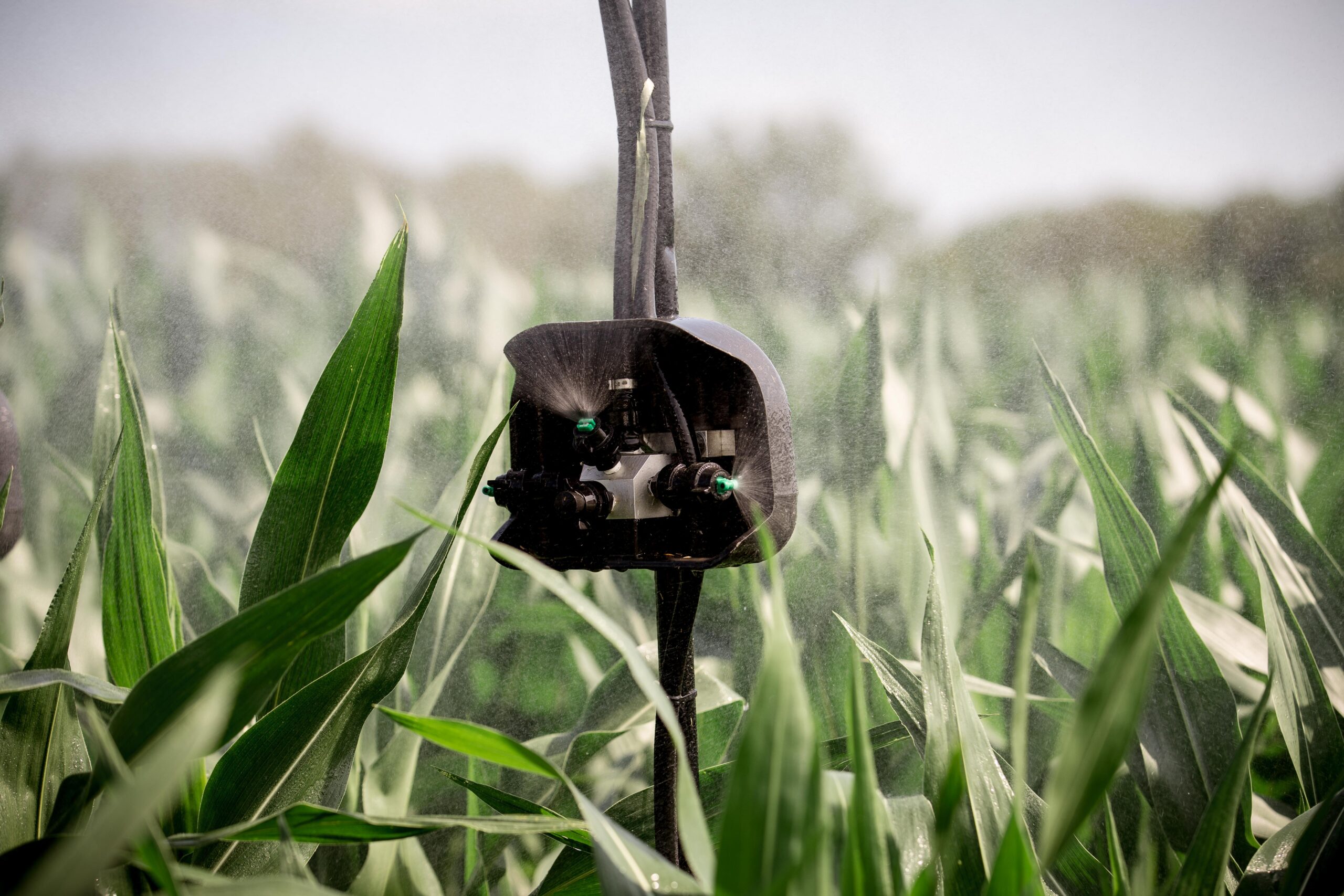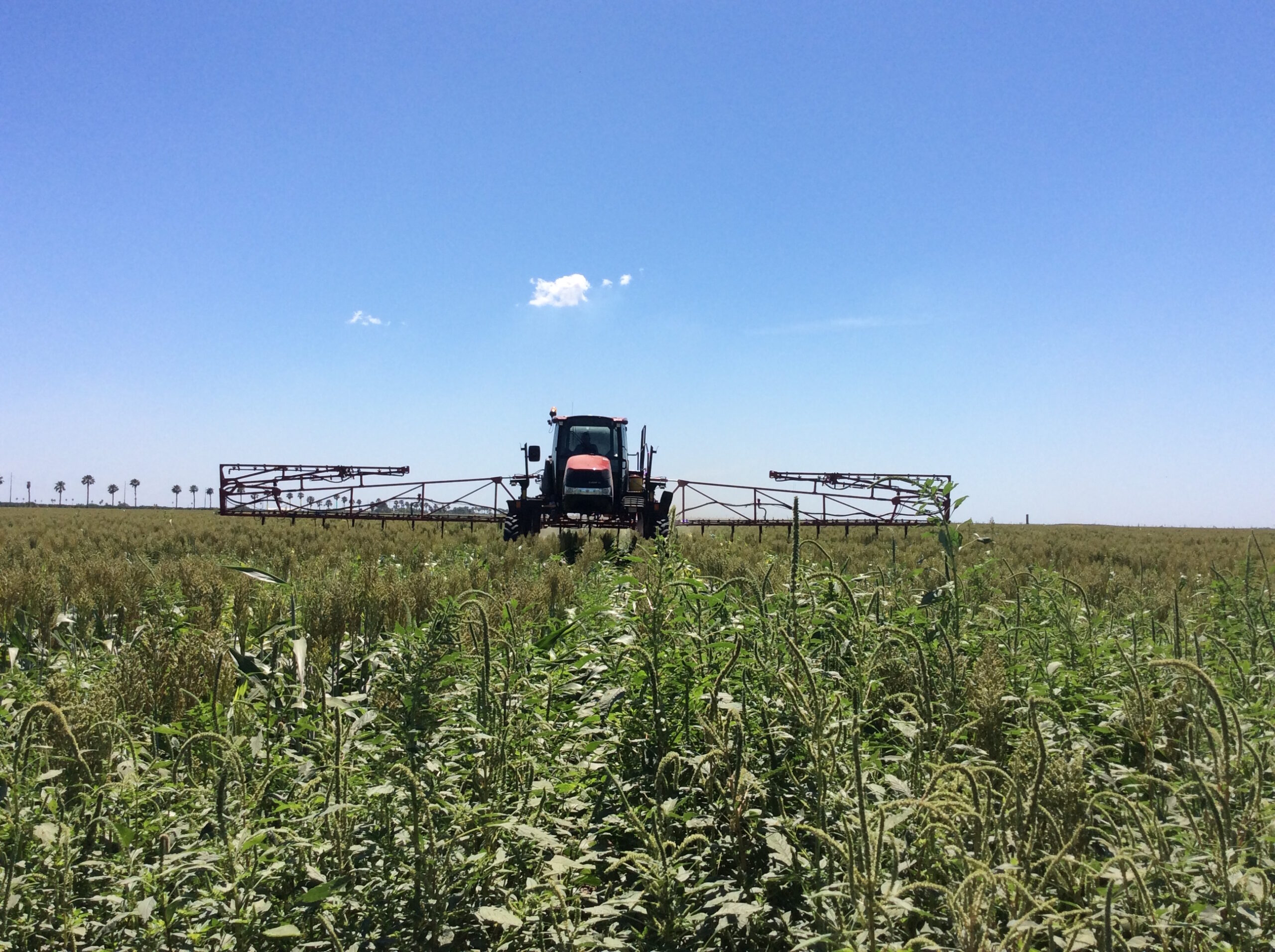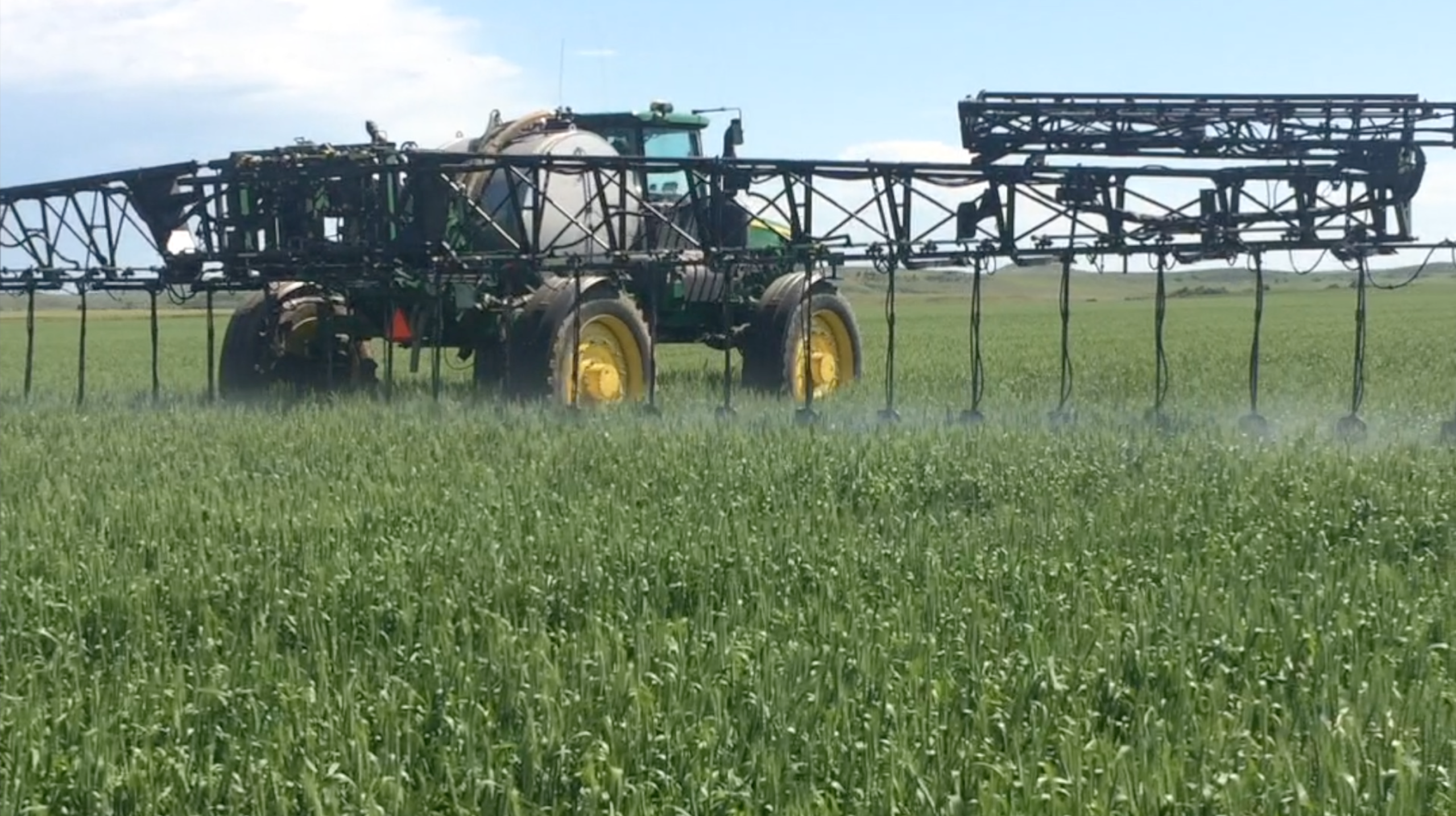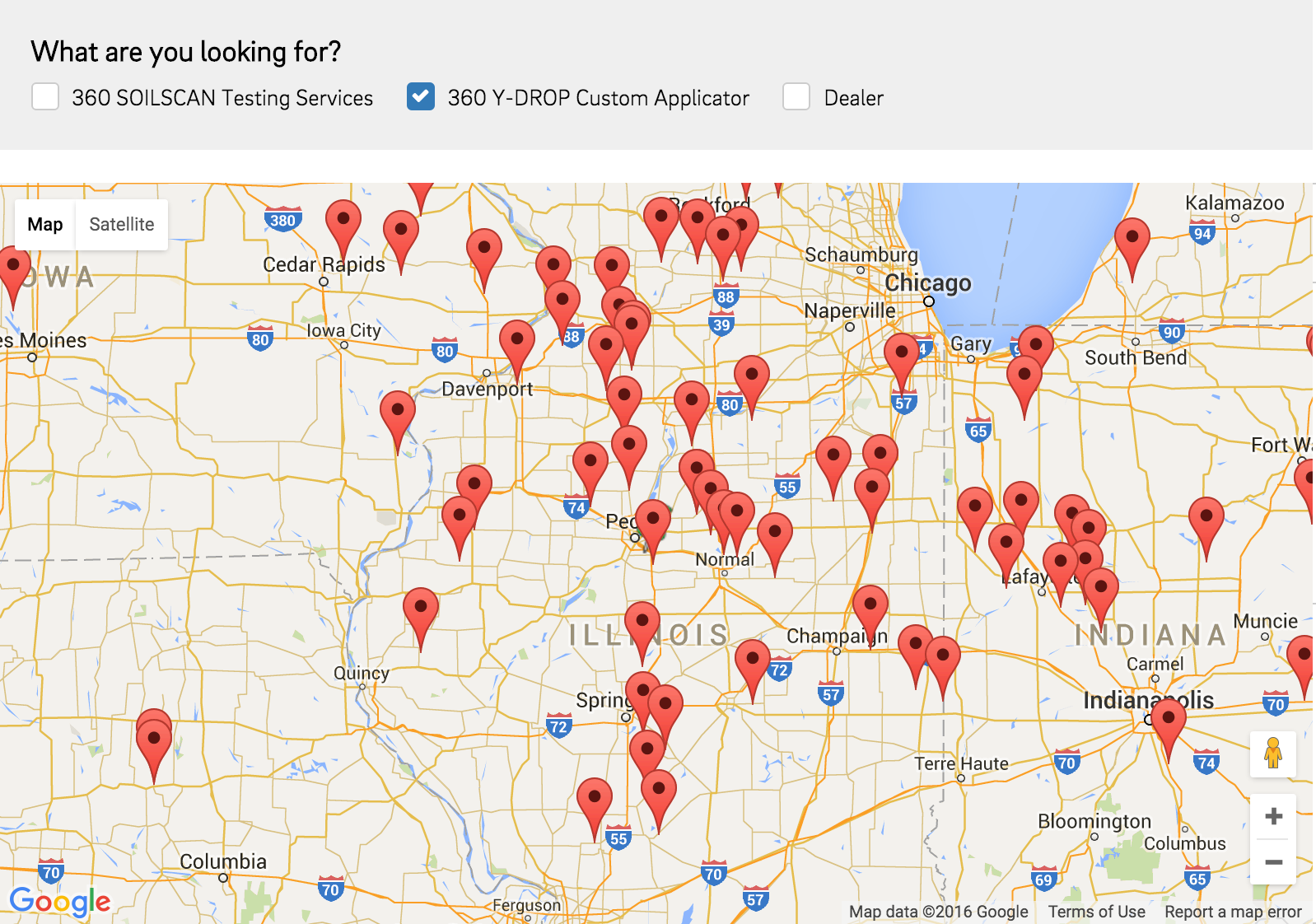A few interesting developments have occurred over the past 12 months that are changing the way we manage particular issues in the Midwest. An open letter from several university entomology departments in the Great Lakes region discusses concerns regarding the Cry1F protein (Herculex 1, TC1507) as it relates to control of the Western Bean Cutworm….
Tag: 360 UNDERCOVER
Scouting Now Eliminates Fungal Diseases Next Summer
Late-season issues are showing up on yield monitors as harvest gets underway. Two common things we are seeing are stalk rots and ear rots. While the crop looked very clean at silking, many fields were hit with late season disease outbreaks such as Gray Leaf Spot and Rust. In many of these fields, the disease…
Common Insect Infestations in Soybeans
As soybeans approach the critical pod-filling and yield-determination stages, many areas of the U.S. are experiencing increased insect feeding in soybeans. Two pests that are currently dominating this year’s soybean crop are Japanese beetles and two-spotted spider mites. The two-spotted spider mite is beginning to make an appearance in areas with continued dry weather. Proactive…
Utilizing Tissue Testing to Boost Soybean Yield
Manganese deficiency, courtesy of Purdue University. Although much of the attention for tissue testing is focused on corn, soybeans can also benefit from proactive tissue testing. Soil tests are excellent measures for primary and secondary nutrients and are still the best way to understand fertility and make decisions about soil-applied nutrients. When it comes to…
Nutrient Deficiencies in Dry Weather
As growers scout their fields for potential disease, some are also noticing spots showing surprising nutrient deficiencies. One common deficiency is potassium, particularly in areas receiving limited rainfall. Many growers are puzzled to find potassium deficiencies when their soil samples test high for K. However, high soil potassium levels and fields showing potassium deficiencies are…
Corn Leaf Diseases Appearing in Some Areas
As summer weather patterns settle in, many areas of the country are experiencing opposite ends of the weather spectrum. In areas with high rainfall and humidity, disease pressure has begun to show up in some fields, especially corn-after-corn fields. In areas with ample rain, two diseases that could be making their first appearance are Gray…
Nozzle Considerations for Effective Application
If you’ve been through certified application training, you know the basics of selecting nozzles to get the most benefit out of the product and keeping it on target. This training, plus a collection of nozzle selection guide apps can help you factor in the requirements for boom height, ground speed, wind speed, volume, nozzle spacing,…
Management and Surveillance of Sugarcane Aphids
Due to the mild winter in the south it is possible that sugarcane aphids may become a damaging pest of grain sorghum again this year. First discovered as a pest in grain in 2013, they have quickly expanded their territory and severity. Two main reasons for the increase in damage are the population dynamics of…
Wheat Disease Alert: Fusarium Head Scab
Conditions continue to be favorable for development of wheat diseases. Powdery mildew in the north, septoria tritici, and fusarium head scab among others are potential issues. Fusarium head scab is a disease that infects the head during flowering, so good coverage of the head is imperative to help manage this disease. Below are images…
Mid-Season N Applications Can Be Money Maker for Sprayer Owners
It’s the law of supply and demand — if you own a self-propelled sprayer, you are in demand. Strong yield response from mid-season nitrogen applications last season means that many of your neighbors are looking for a custom applicator that can feed their crop this summer. Your self-propelled sprayer can be the centerpiece of a…
